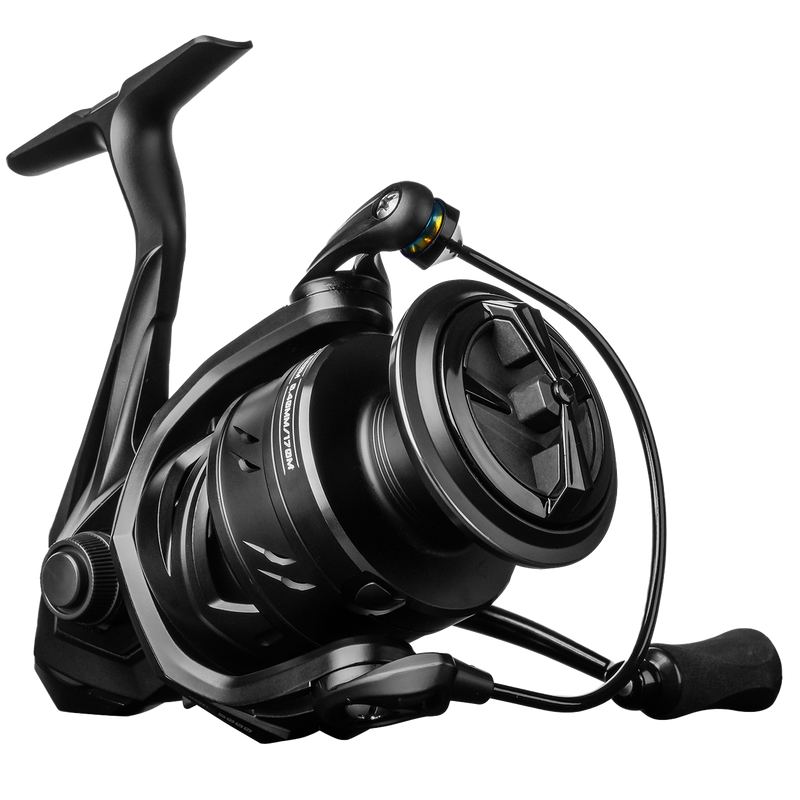Unlock the Secrets to Choosing the Perfect Trout Fishing Reel!
Choosing the right fishing reel for trout fishing is crucial for enhancing your overall fishing experience. A well-suited reel not only improves your chances of landing that prized trout but also makes the process more enjoyable. Factors such as the type of reel, gear ratio, drag system, and your personal fishing style all play significant roles in this choice. In this guide, we will delve into the essentials of selecting the perfect trout fishing reel, ensuring you’re well-prepared for your next fishing adventure.

Understanding Trout Fishing Reels
Trout fishing reels are specialized tools designed to assist anglers in catching trout effectively. They play an essential role in both bait presentation and line management. The two most common types of reels used for trout fishing are spinning reels and baitcasting reels. Spinning reels are favored for their ease of use and versatility, making them ideal for beginners and seasoned anglers alike. Baitcasting reels, on the other hand, provide more precision and control, which can be advantageous in certain fishing scenarios. Understanding the differences between these reels will help you make an informed decision suited to your fishing style.
Key Features to Consider
When selecting a trout fishing reel, several key features should be at the forefront of your decision-making process. The gear ratio is important, as it dictates how quickly you can retrieve the line. A higher gear ratio allows for faster retrieval, which can be beneficial when trout are actively feeding. The drag system is another crucial feature; a smooth drag ensures that when a trout makes a run, it can take line without breaking it. Additionally, consider the weight of the reel, as a lighter reel can reduce fatigue during long fishing sessions. Lastly, line capacity should not be overlooked, as it affects how much line you can spool on your reel, which is particularly important for larger bodies of water.
Material and Build Quality
The material used in a trout fishing reel significantly influences its durability and functionality. Common materials include aluminum and graphite. Aluminum reels are typically more robust and resistant to corrosion, making them a great choice for saltwater environments as well. Graphite reels, while lighter, can offer excellent performance and sensitivity, which is essential for detecting subtle bites from trout. When choosing a reel, consider how the material aligns with your fishing environment and personal preferences for weight and strength.
Price Range and Budgeting
Budgeting for a trout fishing reel is an important aspect of your purchasing decision. Reels can range from budget-friendly options to high-end models that feature advanced technology. While it may be tempting to go for the cheapest option, investing a bit more in a quality reel can lead to better performance and longevity. Expect to find decent reels in the mid-price range, which often balance quality and affordability. Keep in mind that a good reel can make a noticeable difference in your fishing success and enjoyment.
Tips for Testing and Evaluating Reels
Before making a purchase, it’s beneficial to test and evaluate different reels. Start by checking the reel's action—how smoothly it spins and retrieves line. A well-functioning drag system is essential; test it by applying pressure to see if it operates smoothly without sticking. Additionally, ensure that the reel feels comfortable in your hand, as this will affect your overall experience. If possible, visit a local tackle shop to get hands-on experience with various reels, allowing you to make a more informed decision based on your personal preferences.
Final Thoughts on Selecting Your Ideal Trout Reel
In summary, selecting the right trout fishing reel is fundamental to a successful and enjoyable fishing experience. By understanding the various types of reels, essential features, materials, budgeting considerations, and evaluation tips, you can make a well-informed choice that aligns with your specific fishing style and preferences. Remember, the perfect reel for you is one that complements your technique and enhances your connection to the water. So, consider your options carefully and get ready for your next fishing adventure!








